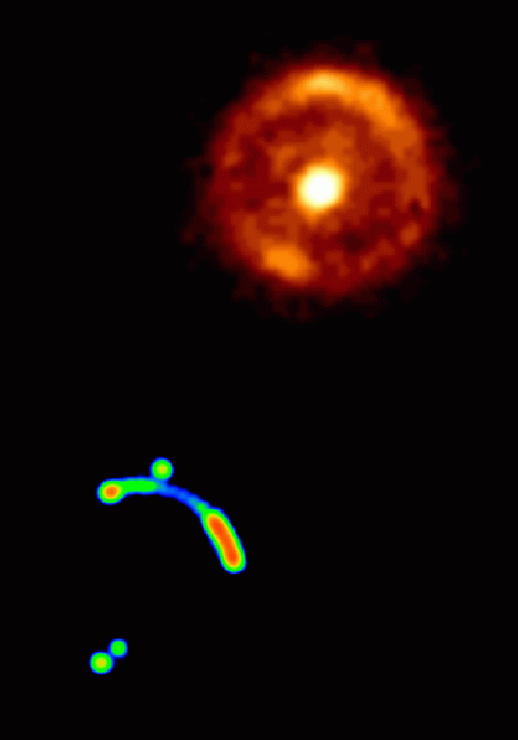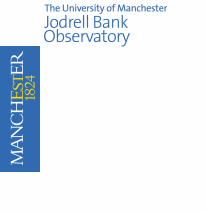Gravitational lensing

Gravitational lensing arises from the bending of light by a gravitational field. If light from a background object passes close to a foreground mass (in practice, a foreground galaxy), it is possible for this bending effect to cause us to see multiple images of the background object. We can use these gravitational lens systems to probe the masses, and mass distributions, of the foreground galaxy; we can measure variations in the background object in such a way as to determine the Hubble constant; and statistics of lens systems can be useful in studying galaxy evolution for a large fraction of the age of the Universe. The lensing effect also magnifies the background object, providing a natural telescope which allows us to see very faint objects.
The first gravitational lens was discovered in 1979 by Dennis Walsh of Jodrell Bank Observatory and collaborators. Since then, nearly 200 further cases of lensing have been identified, nearly 30 of them by collaborative programmes led from Jodrell Bank.
Areas of active research include
- Discovery of new lens systems
- Followup of the CLASS survey to investigate galaxy masses and dark-matter structure in galaxies
- Planning for e-Merlin surveys to study the central regions of galaxies
